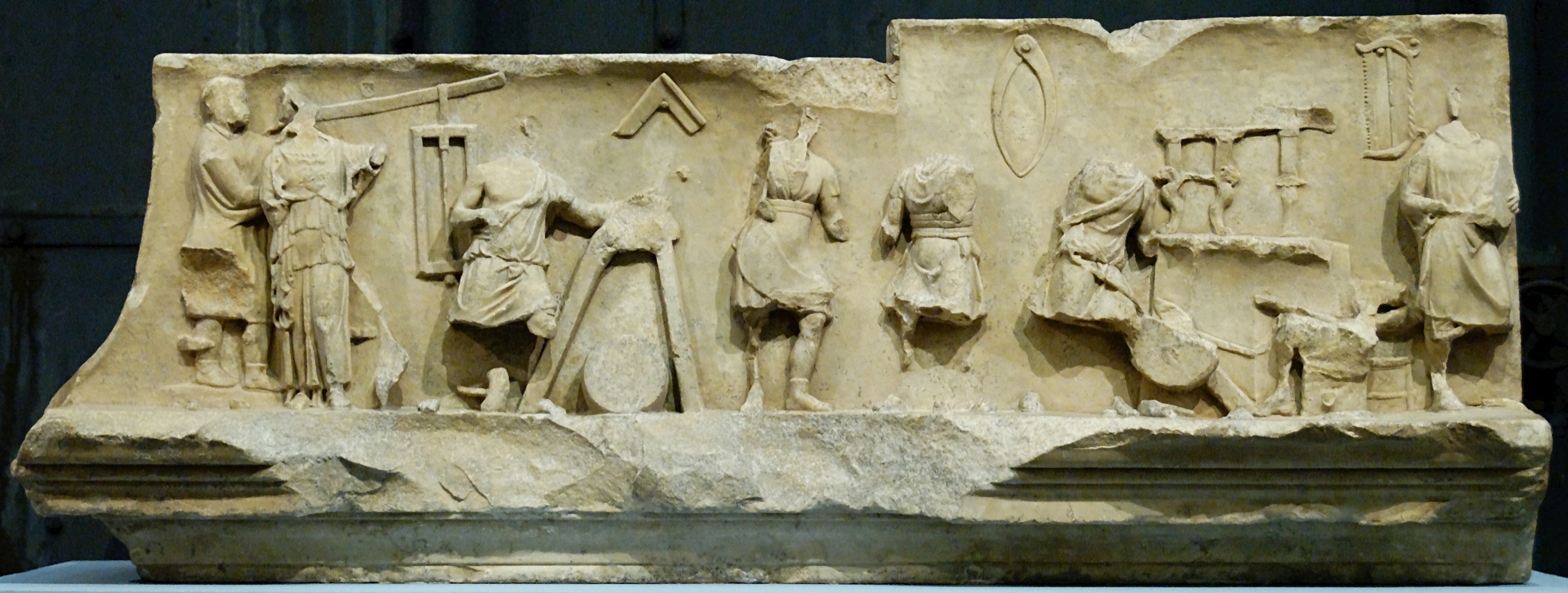The 'Craftsmen Guilds' (collegia fabrum) in the Roman West in the Imperial period


(Frieze of the Fabri Tignuarii, Capitoline Musea, Centrale Montemartini (© Marie-Lan Nguyen / Wikimedia Commons)
Supervisor: Koenraad Verboven
PhD Student: Kasey Reed
GIS Support: Gerben Verbrugge
Data-input and -management: Luka Tjampens
Roman cities relied on a number of privileged private associations (collegia) to function. Guilds of craftsmen (fabri) took pride of place among these. Their history, composition and actions, however, are much debated. Even their occupational identity has sometimes been questioned. This project will provide the first in depth study of the collegia fabrum outside the city of Rome in more than a century. We will study when and where they spread, who their members were and how they were organized, what political influence they could muster and how they influenced economic development. This will provide a better understanding of urban communities and institutions and of the conditions, constraints and possibilities for economic growth and development in the Roman world.
We aim to build bridges to the study of the guilds in pre-industrial Europe, both by drawing inspiration from the current models and debates in that field and by offering a broader comparative perspective that will benefit economic historians from all periods.